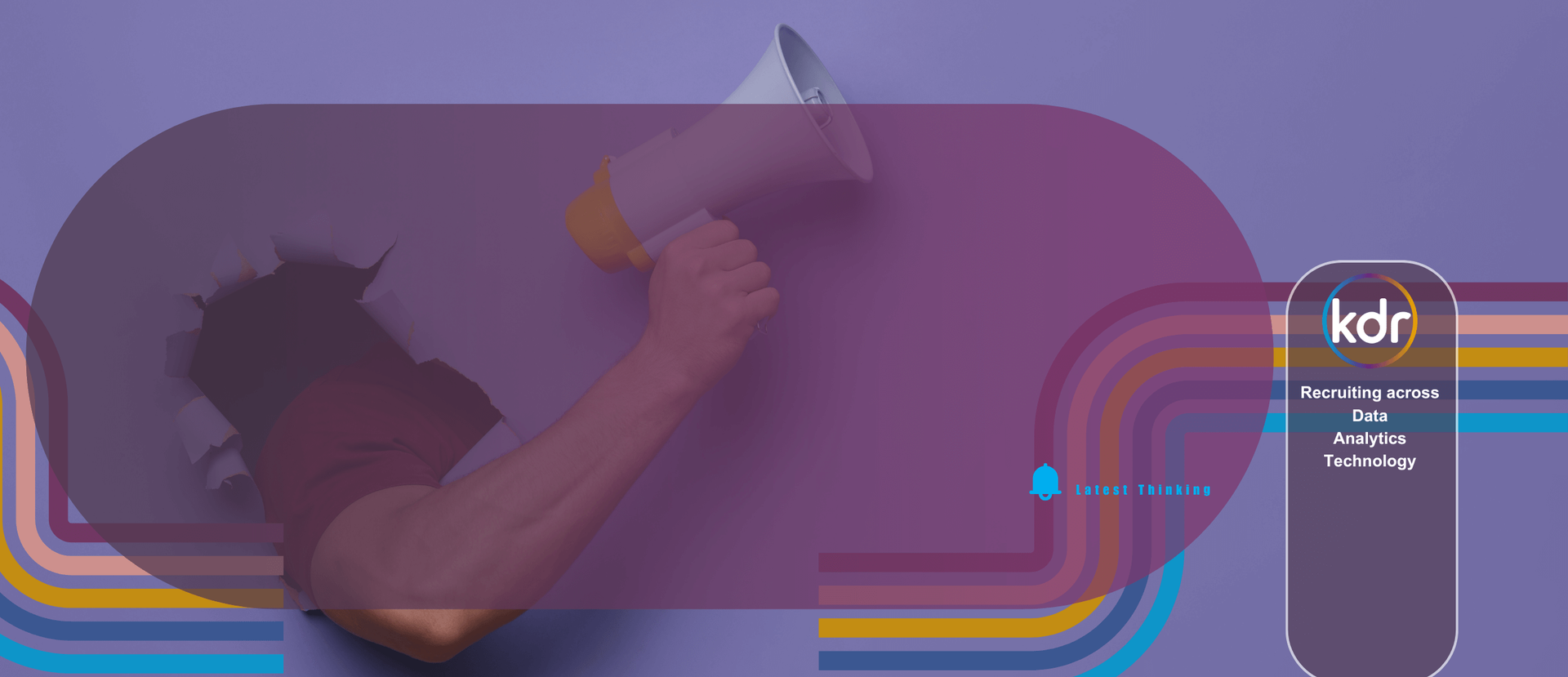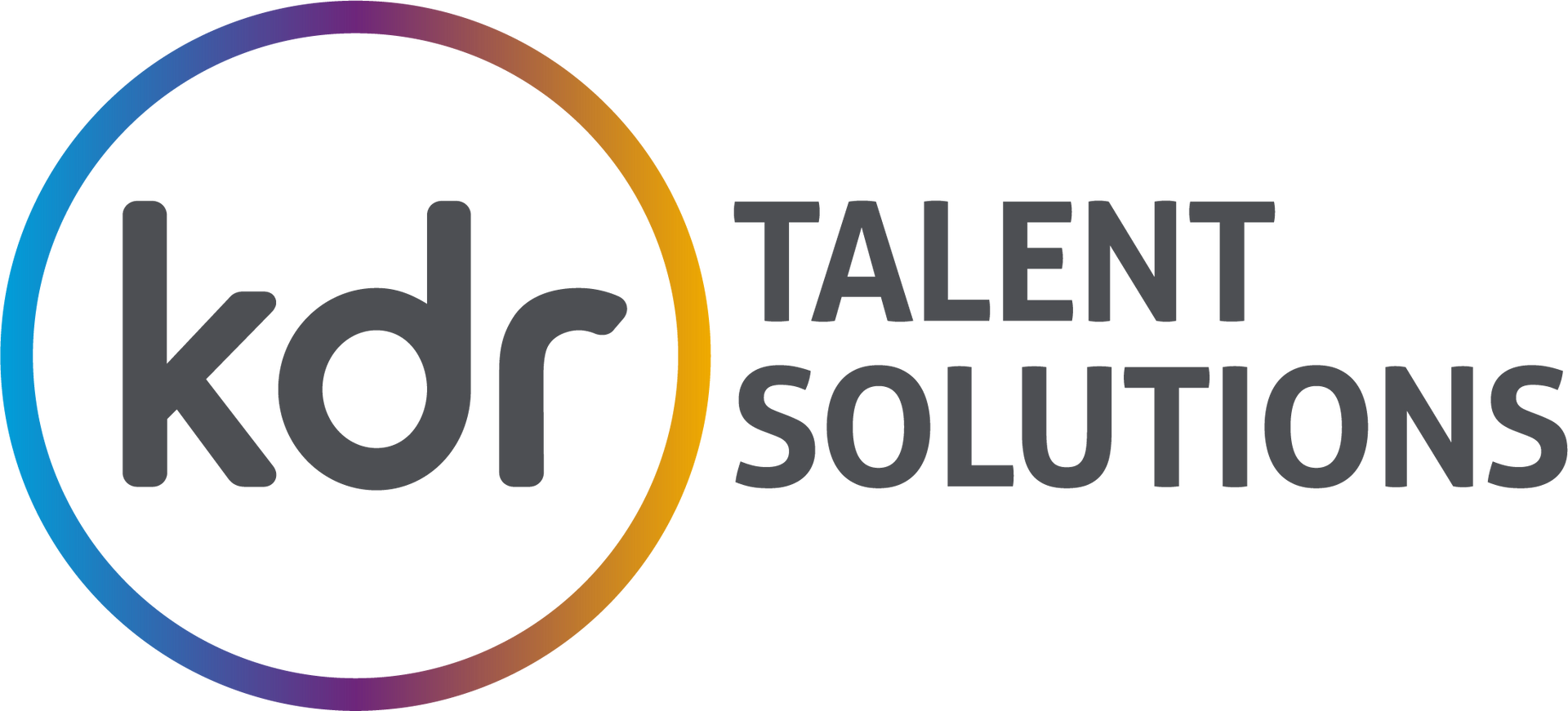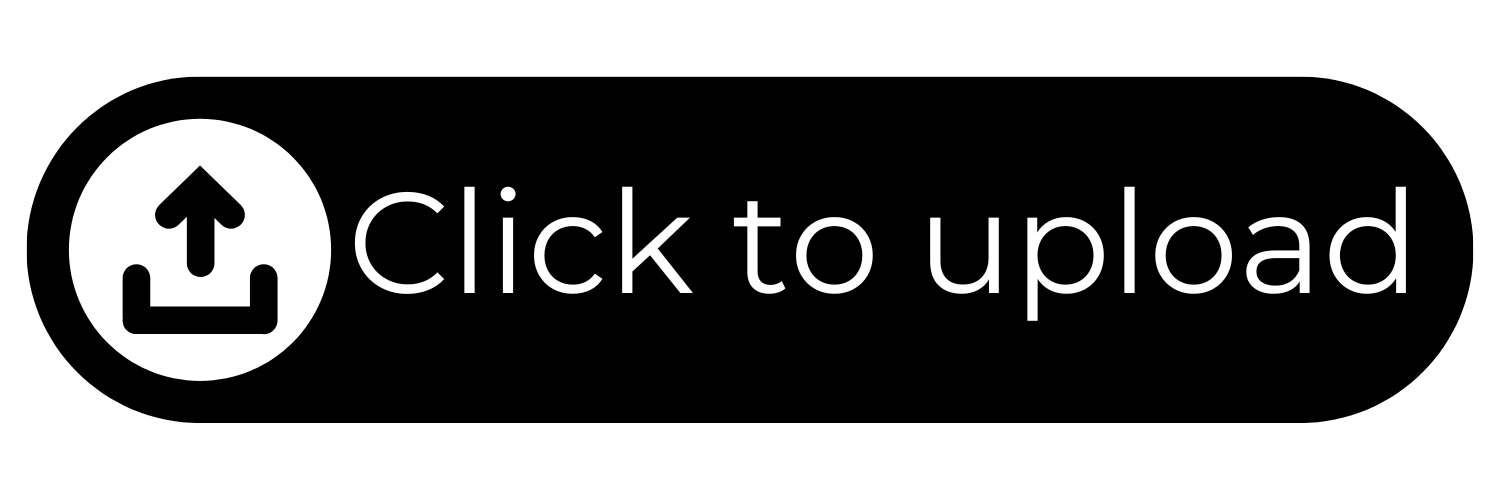Best Practices for Promoting Diversity and Inclusion in your Organisation
Understanding Diversity and Inclusion

Promoting diversity and inclusion has become a pivotal aspect of any organisation's talent or growth strategy. It's not just about doing what's ethically right; it also brings a whole host of benefits to businesses, including enhanced creativity, better decision-making and improved overall performance. In this article, we will delve deep into the best practices for promoting diversity and inclusion within your organisation, helping you create a workplace that not only attracts top talent but also fosters innovation and growth.
Understanding Diversity and Inclusion
Before we explore the best practices, let's establish a clear understanding of what diversity and inclusion entail. Diversity refers to the wide array of individual differences among people in an organisation, such as differences in race, gender, age, sexual orientation, disability, religion and more. Inclusion, on the other hand, involves valuing and respecting these differences and ensuring that all individuals feel a sense of belonging and are empowered to contribute their unique perspectives.
The Business Case for Diversity and Inclusion
Benefits
There are so many benefits to diversity, but here are just the very top liners. Diverse teams bring together individuals with distinct backgrounds and experiences, leading to a rich tapestry of ideas and perspectives. This diversity of thought fuels creativity and innovation and inclusive teams tend to make better decisions. When individuals from diverse backgrounds collaborate, they bring a variety of viewpoints, reducing the likelihood of groupthink, the death knell of innovation, agility and forward thinking. Diverse teams are also often better equipped to tackle complex problems. The difference in perspectives leads to more comprehensive analyses and creative solutions.
Challenges
The apparent mismatch between the desire for diversity and the outcome/reality of the make-up of a workforce is well documented, so what are some of the challenges businesses are facing? Two of the big areas sit in and around change and buy in. Implementing diversity and inclusion initiatives may encounter resistance from some employees who are uncomfortable with change, don’t think there is an issue in the first place, don’t understand or see their unconscious bias, don’t want to question their own belief system or don’t want to put the work in to create the framework and environment conducive to fostering diversity and inclusion. This can range from overhauling hiring processes to ensure they have been vetted for unconscious bias, management buy in and accountability, allyship awareness, use of language in the workplace like banter which manifest as microaggressions to setting up employee resource groups and creating consistent career progression frameworks and salary reviews/bandings. There can be costs associated with diversity and inclusion training and programs, however, these are often outweighed by the long-term benefits.
Best Practices for Promoting Diversity and Inclusion
1. Leadership Commitment
Genuine leadership commitment sets the tone for the entire organisation, encouraging employees to embrace these values more readily. If leadership commitment appears superficial, it can lead to scepticism and erode trust among employees.
2. Diverse Hiring Practices
Actively seeking diverse candidates during the hiring process ensures a broader talent pool and can lead to better-qualified employees. Some individuals may argue that prioritising diversity in hiring could lead to reverse discrimination, although this perspective is widely debated and mainly the result of a lack of education around the subject. People have got to be in it to win it as they say. If you don’t widen the net how can anyone from diverse groups ever be in with the chance of getting through to interview. Nobody is suggesting to hire based on a “quota", just that jobs need to be exposed to diverse groups in the first place to give them a chance of applying.
3. Inclusive Work Culture
Once hired, cultivating an inclusive work culture where all employees feel valued and heard fosters a sense of belonging and increases overall job satisfaction. This takes education and effort on the part of all employees. The challenge may come when establishing an inclusive culture may necessitate changes to existing policies and practices, which can face resistance. Communication and education plays a big part in overcoming resistance to change.
4. Training and Education
Providing diversity and inclusion training can heighten awareness and sensitivity among employees, resulting in a more inclusive workplace. Most people never intend on bringing their unconscious bias to the surface – training helps people become aware of what those biases may be.
5. Measurement and Accountability
Setting measurable goals and holding individuals and teams accountable for diversity and inclusion efforts ensures progress and continuous improvement. Be careful though, defining meaningful metrics can be challenging, and there's a risk of focusing solely on meeting quotas rather than fostering genuine inclusion.
Promoting diversity and inclusion in the workplace is not just a moral imperative but also a strategic business decision. Embracing diversity and fostering inclusion can lead to a more innovative, productive and successful organisation and while there may be challenges along the way, the long-term benefits far outweigh the drawbacks. Remember, diversity and inclusion are ongoing processes that require continuous commitment and effort.








